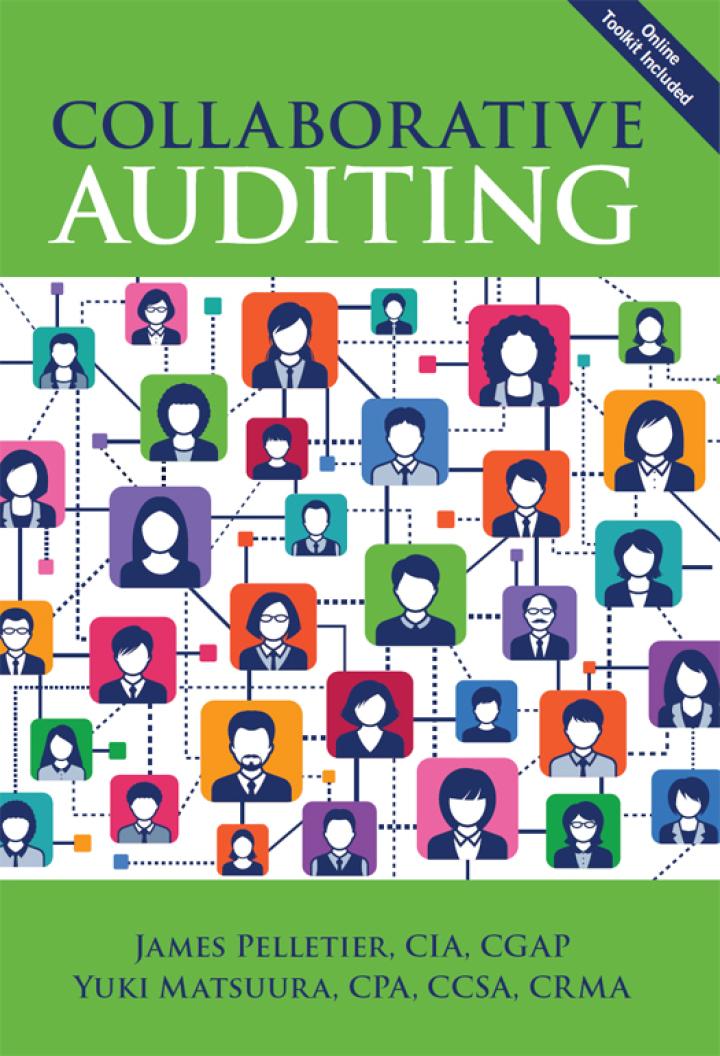Question
Required 1. From the information below, identify two or more significant risks and document a justification for considering each of them significant. 2. Document each
Required 1. From the information below, identify two or more significant risks and document a justification for considering each of them significant.
2. Document each of the significant risks and a possible audit strategy to address these risks using the Significant Risk Template. Background Information
Key Market Forces and Environmental Factors Capacity utilization has risen steadily from mid-20X3 through mid-20X4 and stands at 76 percent. Though this is up substantially from the below-70-percent levels ofrecent ycars, a level near 80 percent would be needed to indicate solid growth across all sectors. Manufacturing payrolls finally started to rise in early 20X4 after more than three years of declines that reduced manufacturing employment by 10 percent. The weak U.S. dollar has improved the affordability ofexports to Europe, but is an indication that investors have lost some confidence in the U.S. due in large part to the ballooning federal budget deficit. Unfortunately, European markets are growing much more slowly than in other parts of the world, and a smaller drop of the dollar versus many Asian currencies is keeping U.S. exports from being more competitive in the faster growing developing economies of Asia. The more established manufacturing companies in the developed world are increasingly facing underfunded pension plans and surging health care costs, both of which are sapping cash flow and reducing capital available for investment. The steel, aviation, and automotive industries in particular are suffering from huge pension liabilities. In general, manufacturing is a mature industry with low growth. Manufacturers are looking to global customers and acquisitions to increase top-line sales, which is becoming more difficult, as international trade tensions are high. Low relative market valuations for companies in certain manufacturing sectors make it more difficult for an acquirer to use its shares as currency. Manufacturing is cyclical in nature, particularly for durable goods, and is dependent on economic health. The growth and contraction of national economies significantly affects unit volumes and prices. Mergers and acquisitions, both foreign and domestic, and consolidation/rationalization are occurring in certain sectors as companies look toreduce unnecessary costs and improve profitability by shedding poor-performing/non-core business segments. Technological advancements in manufacturing and support systems (including e-business) are changing the way manufacturers do business. Manufacturers must constantly improve their product and service offerings, often with lengthy timeframes before seeing returns on investment.
Key Stakeholder Influences Investment Analysts and Investors- Meeting earnings expectations and showing positive trends are crucial. Industrial Customers - Put pressure on prices/margins; demand high-quality, low-cost products delivered reliably and quickly. They too are not immune from the downturn, as some of the larger firms have laid offthousands. Lenders- Due to default concerns, much manufacturer debt now trades at a major discount. The exposure of banks, bondholders, and mutual funds means a possibility of write-offs. Regulators - Federal. state, and local environmental laws regulate air emissions, wastewater, and hazardous waste disposal, as well as the safety and environmental performance of the manufactured goodsthemselves. Management - Stock options and other compensation arrangements, pressure to increase stock price, provide accounting transparency. Employees - Union issues regarding productivity, outsourcing, benefits, overtime, etc. Objectives and Strategies Focus on bottom-line savings and top-line growth, via improved efficiencies and collaboration throughout the value chain. Becoming a global leader- investing for the future through internal expansion and strategic acquisitions, both foreign and domestic, to g a i n access to new markets, technologies, products, and services. Investing in state-of-the-art technology, including business-to-business and business- to-consumer e-commerce solutions.
Critical Success Factors Employing a well-devised strategic acquisition plan and successful integration of acquisitions into core processes. Global expansion helps reduce the company's exposure to the U.S. economic cycle and provides growth opportunities. A well-focused supply chain management strategy aimed at streamlining processes, reducing costs and improving collaboration across the supply chain. Successful implementation of new ERP. e-commerce, manufacturing, and other technology systems. Employing lean manufacturing principles to eliminate waste,reduce inventory, and improve delivery and quality of products sold.
Step by Step Solution
There are 3 Steps involved in it
Step: 1

Get Instant Access to Expert-Tailored Solutions
See step-by-step solutions with expert insights and AI powered tools for academic success
Step: 2

Step: 3

Ace Your Homework with AI
Get the answers you need in no time with our AI-driven, step-by-step assistance
Get Started


